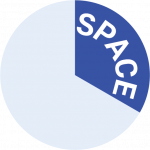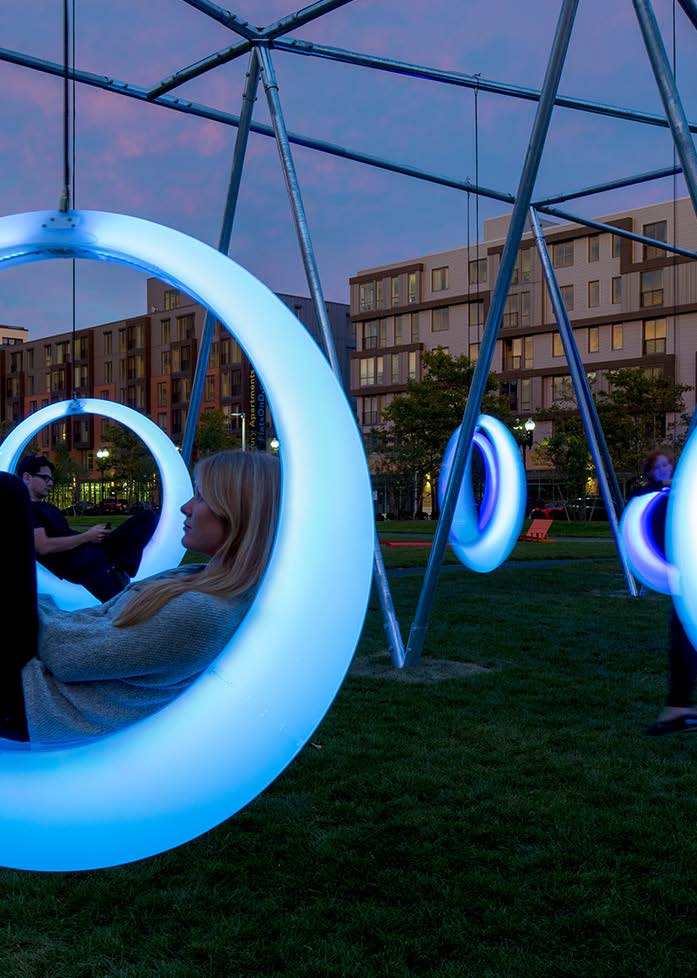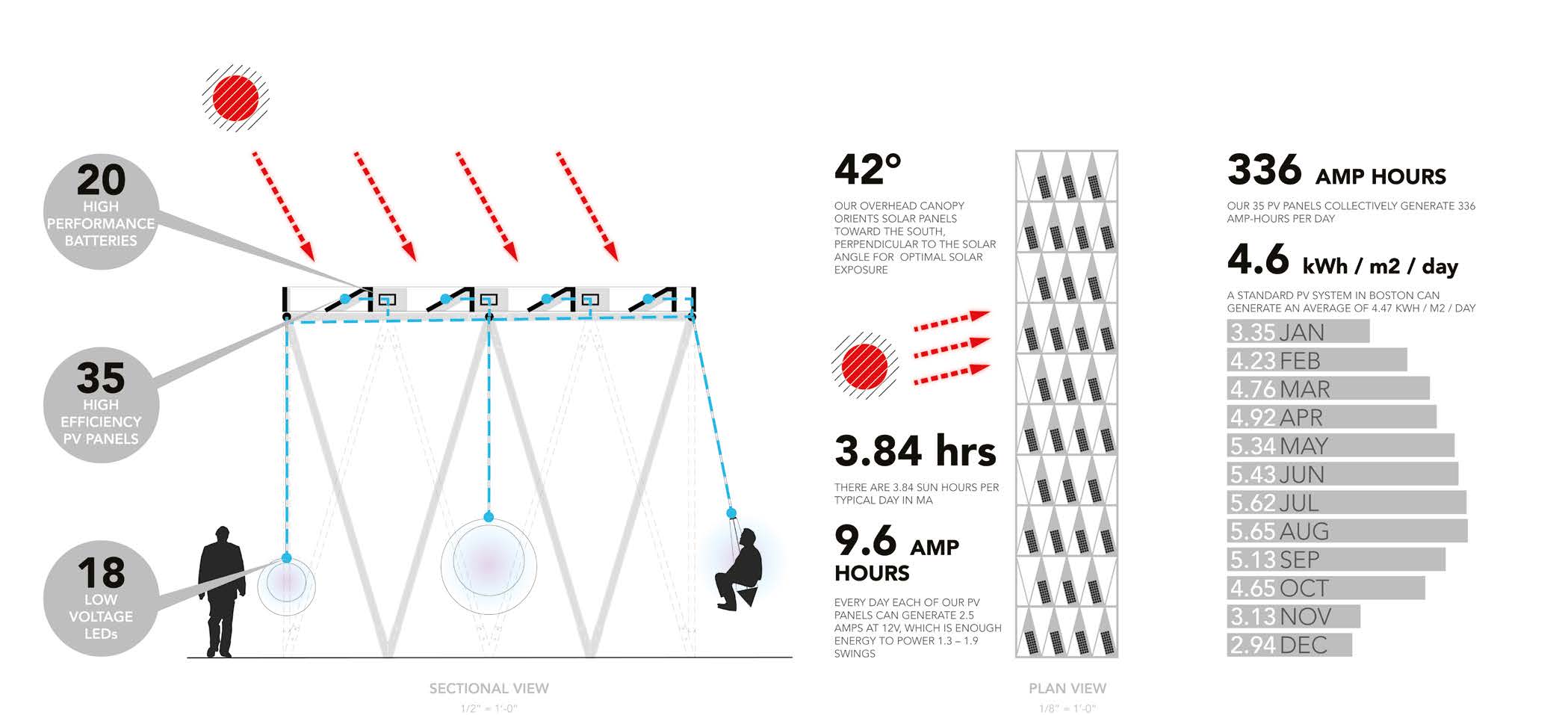(Created page with "Category:Test {| |- | <h2>Author:</h2> | <h3>Höweler + yoon architecture</h3> |- | colspan="2" | <h4>Boston, usa, 2014 |- | colspan="2" |http://www.howeleryoon.com/work/4...") |
(Authors and text) |
||
| Line 5: | Line 5: | ||
<h2>Author:</h2> | <h2>Author:</h2> | ||
| | | | ||
<h3> | <h3>U’Game soc. Coop</h3> | ||
|- | |- | ||
| colspan="2" | | | colspan="2" | | ||
<h4> | <h4>Palermo and MAtera, 2018-2019 | ||
|- | |- | ||
| colspan="2" | | | colspan="2" | | ||
|} | |} | ||
{{GAME | {{GAME | ||
| Line 61: | Line 61: | ||
Cities are poems. Some things in those poems are obvious other not. The inscriptions on the walls of the cities, the epigraphs, the tombstones, the murals are the obvious ingredients of the poetics of a city. They are the expression of love, of loss, of claims, of struggles. They are the memory of the expression of a city. They are part of a speech between a crowd of people and power. | |||
In U'Game Urban Poem, the participants will be called to find some particularly poetic writings that are part of the cities' urban landscape. We will start from a common point. Participants will be provided with a digital or a paper map of city points (mainly public spaces and shops). At each point, the participants will find a small poster with a QR code. Each code will refer to a shred of a sentence, which belongs to the walls of the city. The aim of the game will be to recognize as many sentences as possible. At first, therefore, the participants will collect shreds of sentences, visiting different locations. At the end of this phase, the participants will try to find the places where the sentences will be present in the city. | |||
The game will close with the sending of short videos and selfies of the identified poetic places and with the return to the starting point, where the game ranking will be revealed and all the points involved in the urban poem of the city. | |||
The scope of Urban Poem is about small things, is a reflection about the soul of a city. "Urban poem" could be intended as a starting point of a placemaking process because can give a new sense to places. | |||
There are 2 kinds of places in the game. The first ones are locations chosen by the game. So it's possible to force a visit to some places in the city that we want to highlight for the participants. On the other hand, the second kind of places are writings on walls, so it's possible to push people to understand the sense of that writing why they are in such a place, what is the story behind them. | |||
During the game is possible to map the access to single spots. So it is possible to understand how people move inside the city and how much time they spend from a point to another. | |||
<br /> | <br /> | ||
Revision as of 12:18, 13 October 2020
Author: |
U’Game soc. Coop |
Palermo and MAtera, 2018-2019 | |
Cities are poems. Some things in those poems are obvious other not. The inscriptions on the walls of the cities, the epigraphs, the tombstones, the murals are the obvious ingredients of the poetics of a city. They are the expression of love, of loss, of claims, of struggles. They are the memory of the expression of a city. They are part of a speech between a crowd of people and power.
In U'Game Urban Poem, the participants will be called to find some particularly poetic writings that are part of the cities' urban landscape. We will start from a common point. Participants will be provided with a digital or a paper map of city points (mainly public spaces and shops). At each point, the participants will find a small poster with a QR code. Each code will refer to a shred of a sentence, which belongs to the walls of the city. The aim of the game will be to recognize as many sentences as possible. At first, therefore, the participants will collect shreds of sentences, visiting different locations. At the end of this phase, the participants will try to find the places where the sentences will be present in the city.
The game will close with the sending of short videos and selfies of the identified poetic places and with the return to the starting point, where the game ranking will be revealed and all the points involved in the urban poem of the city.
The scope of Urban Poem is about small things, is a reflection about the soul of a city. "Urban poem" could be intended as a starting point of a placemaking process because can give a new sense to places.
There are 2 kinds of places in the game. The first ones are locations chosen by the game. So it's possible to force a visit to some places in the city that we want to highlight for the participants. On the other hand, the second kind of places are writings on walls, so it's possible to push people to understand the sense of that writing why they are in such a place, what is the story behind them.
During the game is possible to map the access to single spots. So it is possible to understand how people move inside the city and how much time they spend from a point to another.
- Test
- Purpose Activation
- Mechanics Alternative reality
- Mechanics Role play
- Mechanics Rule based play
- Mechanics Location based
- Mechanics Simulations
- Mechanics Mapping
- Mechanics Geolocation
- Mechanics Hypothesis
- Mechanics Metagame
- Technology Tools Analoge Tangibles
- Technology Tools AR VR
- Technology Tools Audio Visual
- Technology Tools Data AI
- Technology Tools Data Collection Visualization
- Technology Tools Digital Interface
- Technology Tools Mobile
- Aesthetics Sensation
- Aesthetics Imagination
- Aesthetics Assemblage
- Aesthetics Physical activity construction
- Aesthetics Realism
- Scale Metropolitan
- Scale City
- Scale District
- Scale Neighbourhood
- Scale Street
- Scale Undefined
- Audience Community
- Audience Planning expert
- Audience Stakeholders
- Audience Policy Makers
- Scope Individual
- Scope Small group
- Scope Large group
- Scope Crowd
- Scope Pre-defined




